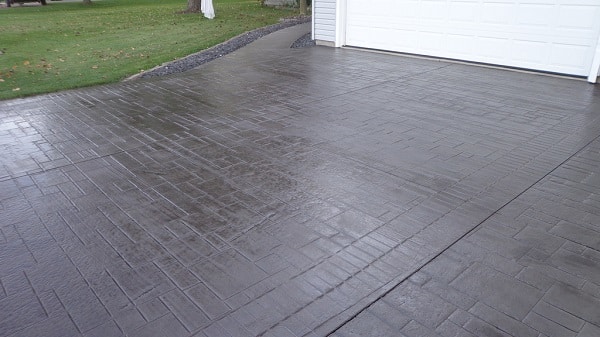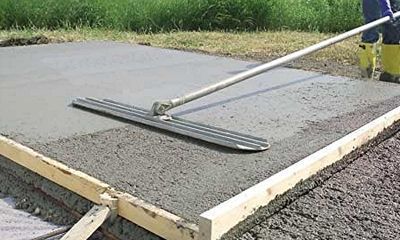Cold Weather
Cold Weather Concreting
As Fall becomes Winter, the process by which concrete is placed and finished slows in direct relation to temperature drops.
In order to expedite cold weather pours, hot water is used is in the mix process. Often times accelerators are also added to the concrete mix itself.
The most common accelerators are calcium-chloride, and Non-Chloride Accelerators. NCA’s are most commonly utilized in projects using reinforcing structural steel. Unlike calcium chloride, the accelerating additives in NCA’s will not attack or deteriorate the steel and therefore, not damage the structure or shorten its lifespan.
Cold Weather Placing
First, warm the sub-grade, the forms, and any reinforcing steel.
Do not place concrete on a frozen sub-grade. As the frozen ground thaws it may settle, causing cracking.
If possible, use heated enclosures to block wind, keep out the cold, and conserve heat. Note, if combustion heaters are used make sure the exhaust is vented out and away from the concrete to reduce possible damage.
You will want to place concrete as early in the day to utilize the sun’s thermal heat.
Cold Weather Curing
It is important to know that the minimum concrete temperature, as placed and maintained, must exceed 50F. However, caution should be exercised with concrete temperatures above 75F.
You should maintain concrete temperature above 50F by insulating or heating for at least three days.
- If possible, use insulation blankets to retain internal heat generated by the concrete.
- Cover the concrete with thermal insulation blankets, or use loose straw (12” deep)
It is important to potect concrete against multiple freeze-thaw cycles until it reaches 3500-psi compressive strength.
Remove the heat protection in a manner that ensures the temperature of the concrete changes slowly, cooling the concrete gradually helps reduce the potential for cracking due to thermal stresses.
Certainly do not seal freshly placed concrete. Sealing retains water in the concrete keeping it saturated during freeze and thaw conditions.
So use a good quality curing compound if you are unable to maintain concrete temperatures above 50° Fahrenheit for three to seven days.
Lastly, the curing period must extend a minimum of 7 days (maintaining the 50F temperature).
Related Services
Curing, Sealing, and Care
Concrete mixes usually have more than enough water when batched. However, that water evaporates quickly unless you take proper measures/precautions
Placing and Finishing
Plan your concrete project very carefully. Immediate weather and time of year can be vital factors affecting the desired outcome of your project. Make sure to prep the desired area properly.
Contact Us
Bonne Terre Plant
9211 Berry Rd. Bonne Terre, MO


